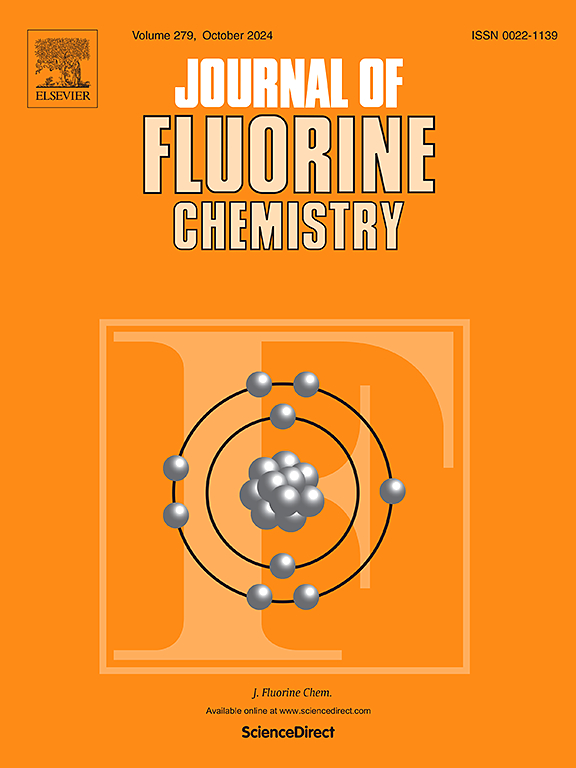PFAS分析方法。实用指南
IF 1.9
4区 化学
Q3 CHEMISTRY, INORGANIC & NUCLEAR
引用次数: 0
摘要
近年来,全氟烷基和多氟烷基物质(PFAS)的科学研究进展迅速,在了解其理化性质、环境发生、化学性质、命运和运输等方面取得了重大进展。这些进步是由PFAS分析能力的突破所推动的,包括强大的分析方法的发展和更高分辨率仪器的可用性。今天,存在大量的PFAS分析方法,其中一些是由美国联邦机构开发的,包括美国环境保护署(USEPA)。此外,还开发了许多PFAS筛选方法,主要用于研究目的。本文从实践者的角度概述了这些方法,强调了它们的优点、局限性,以及在使用它们时需要考虑的关键注意事项。其目的是提供PFAS分析方法的简明指南,不仅有利于科学界,也有利于那些正在快速发展的监管和诉讼环境中导航的PFAS新手。本文章由计算机程序翻译,如有差异,请以英文原文为准。

PFAS analytical methods – A practical guide
The state of the science surrounding per- and polyfluoroalkyl substances (PFAS) has advanced rapidly in recent years, with significant progress made in understanding their physicochemical properties, environmental occurrence, chemistry, and fate and transport. These advancements have been driven by breakthroughs in PFAS analytical capabilities, including the development of robust analytical methods and the availability of higher-resolution instruments. Today, a wide array of PFAS analytical methods exist, with several developed by U.S. federal agencies, including the United States Environmental Protection Agency (USEPA). Additionally, numerous PFAS screening methods have also been developed, primarily for research purposes. This article provides an overview of these methods from a practitioner’s perspective, highlighting their strengths, limitations, and critical caveats to consider when employing them. The aim is to offer a concise guide to PFAS analytical methods, benefiting not only the scientific community but also individuals new to PFAS who are navigating the rapidly evolving regulatory and litigation landscape.
求助全文
通过发布文献求助,成功后即可免费获取论文全文。
去求助
来源期刊

Journal of Fluorine Chemistry
化学-无机化学与核化学
CiteScore
3.80
自引率
10.50%
发文量
99
审稿时长
33 days
期刊介绍:
The Journal of Fluorine Chemistry contains reviews, original papers and short communications. The journal covers all aspects of pure and applied research on the chemistry as well as on the applications of fluorine, and of compounds or materials where fluorine exercises significant effects. This can include all chemistry research areas (inorganic, organic, organometallic, macromolecular and physical chemistry) but also includes papers on biological/biochemical related aspects of Fluorine chemistry as well as medicinal, agrochemical and pharmacological research. The Journal of Fluorine Chemistry also publishes environmental and industrial papers dealing with aspects of Fluorine chemistry on energy and material sciences. Preparative and physico-chemical investigations as well as theoretical, structural and mechanistic aspects are covered. The Journal, however, does not accept work of purely routine nature.
For reviews and special issues on particular topics of fluorine chemistry or from selected symposia, please contact the Regional Editors for further details.
 求助内容:
求助内容: 应助结果提醒方式:
应助结果提醒方式:


